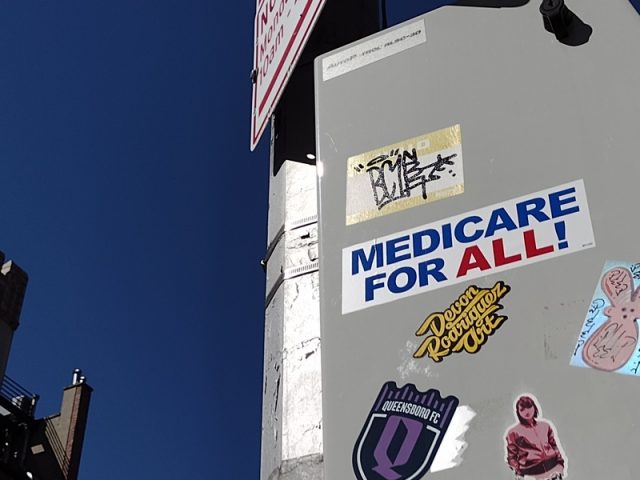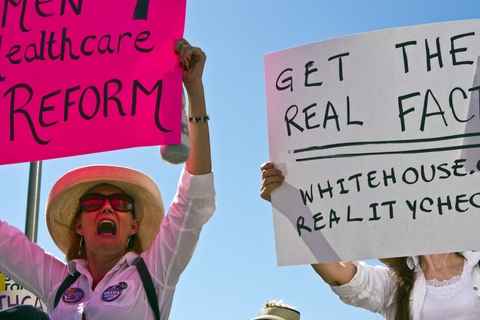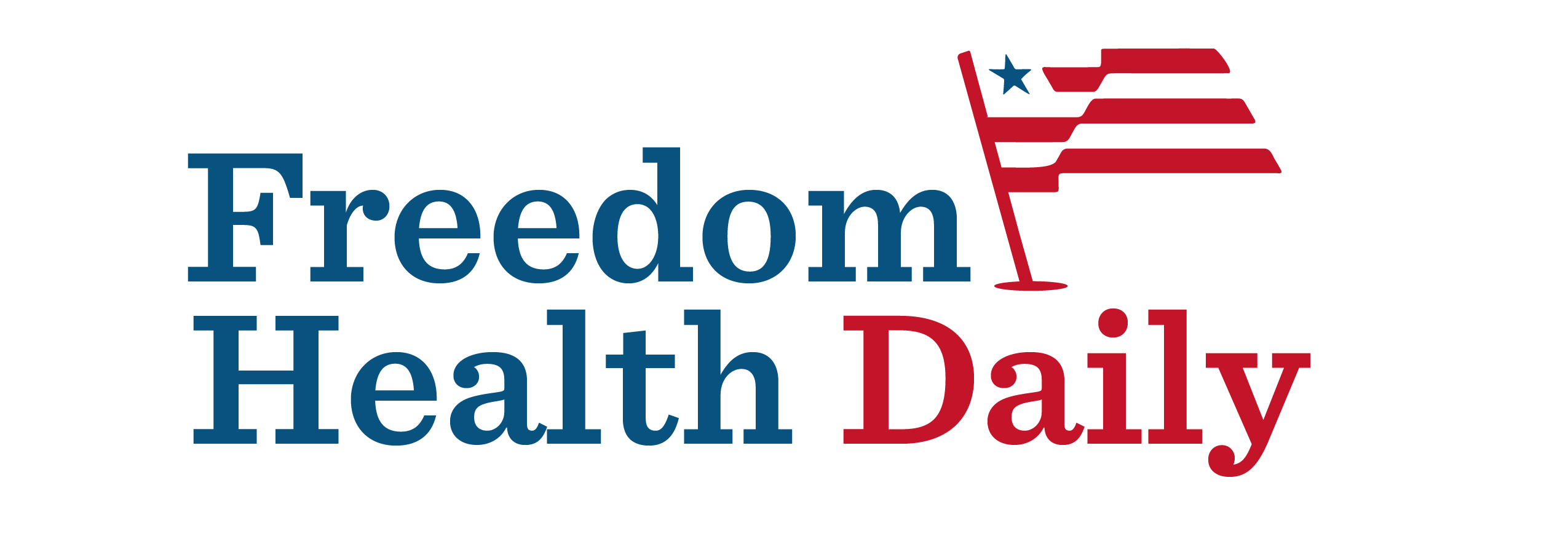
Across the United States, hospitals face a growing financial challenge that seldom makes headlines: unpaid medical bills. As healthcare providers strive to deliver compassionate care, the reality of financial sustainability becomes increasingly complex. This issue is particularly pronounced in the context of uninsured patients, including a significant number of immigrants, which contributes to the escalating problem of unpaid healthcare costs.
The Scale of Unpaid Medical Bills
Each year, American hospitals report billions of dollars in unpaid medical bills. This phenomenon isn’t just about numbers; it’s about the lives and communities that are affected. Immigrants, particularly those without legal status, often avoid seeking medical help for fear of deportation or simply because they lack the financial means to pay. When emergencies occur, these individuals are treated as per federal mandate, but the bills incurred often go unpaid, adding to an already substantial pile of debt hospitals must manage.
Economic Impact on Hospitals
The direct impact of these unpaid bills on hospitals is severe. Many facilities must absorb these costs, which can lead to budget cuts in critical areas such as staffing, technology upgrades, and patient services. In extreme cases, it could even influence a hospital’s ability to remain open, particularly in rural or underserved areas where profit margins are already thin.
Broader Economic Consequences
Unpaid medical bills have a ripple effect that extends beyond the hospital walls. They contribute to higher healthcare costs for all, as hospitals are forced to increase prices for services to offset losses. This, in turn, impacts insurance premiums, which may rise to cover the increasing costs of healthcare. The economic strain reaches insured Americans, leading to a cycle of escalating costs and accessibility issues.

Solutions and Strategies
Addressing the issue of unpaid medical bills requires innovative solutions and cooperative strategies. Some hospitals have begun implementing more rigorous financial assistance screening processes, while others offer sliding scale fees based on income. On a policy level, there could be more robust support for healthcare providers who serve a high number of uninsured patients, ensuring they receive adequate compensation for the services rendered.
Conclusion
The issue of unpaid medical bills is a complex one, deeply intertwined with broader social, economic, and policy challenges. By understanding and addressing this issue, healthcare providers and policymakers can help ensure that hospitals can continue to provide essential services without compromising their financial health. Stakeholders must work together to find sustainable solutions that support both the economic viability of hospitals and the health needs of all community members, regardless of their immigration status.














